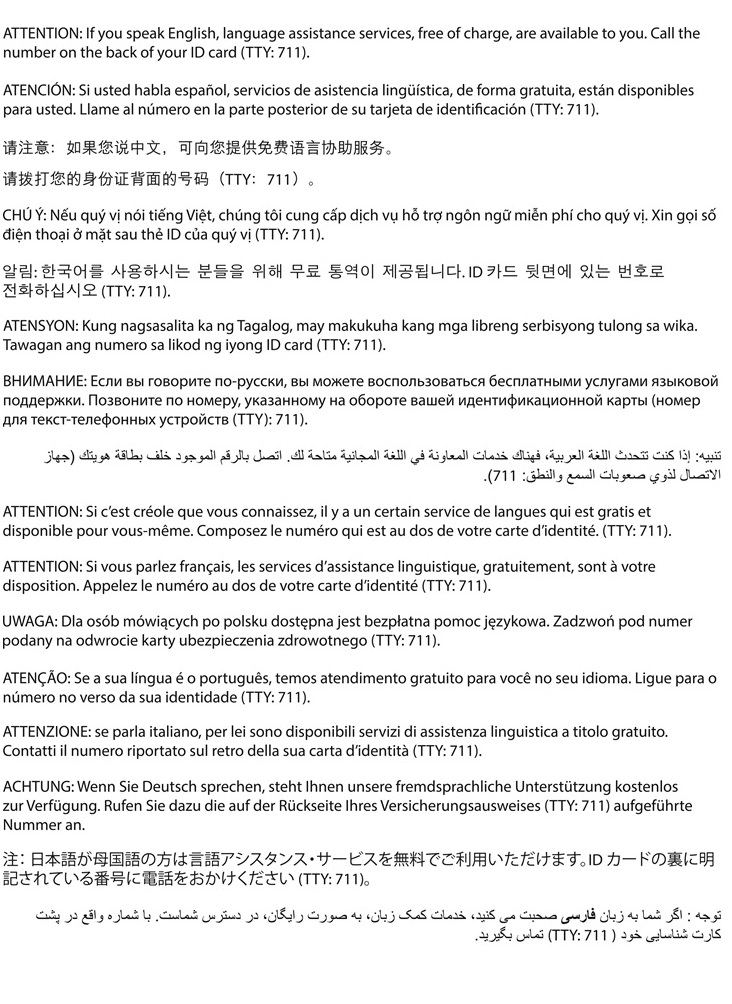This policy version was replaced on September 1, 2022. To find the newest version, go to https://www.bluecrossmn.com/providers/medical-policy-and-utilization-management, read and accept the Blue Cross Medical Policy Statement, then select “Blue Cross and Blue Shield of Minnesota Medical Policies.” This will bring up the Medical Policy search screen. Enter the policy number without the version number (last 3 digits).
Spinal cord stimulation (SCS) delivers low voltage electrical stimulation to the dorsal columns of the spinal cord to block the sensation of pain. The neurophysiology of pain relief after SCS is uncertain. While initially thought to be a masking phenomenon, it has been more recently suggested that stimulation may alter the neural-end organ interface.
Conventional SCS devices consist of several components: 1) a multi-electrode lead that delivers the electrical stimulation to the spinal cord; 2) an extension wire that conducts the electrical stimulation from the power source to the lead; and 3) a power source that generates the electrical stimulation. The power source (i.e., battery) can be surgically implanted or worn externally over an implanted radiofrequency receiver. Totally implantable systems are most commonly used. The patient's pain distribution pattern dictates the placement level of the stimulation lead in the spinal cord. The pain pattern may also influence the type of device used (e.g., a lead with more electrodes may be selected for those with complex pain patterns, such as pain extending from the limbs to the trunk or bilateral pain).
A large number of neurostimulator devices, some of which are used for spinal cord stimulation, have been approved by the U.S. Food and Drug Administration (FDA) through the PMA process. Others, such as externally worn devices, have been granted 510(k) clearances.
Implantation of a SCS device is typically a two-step process. Initially, the device is temporarily implanted in the epidural space, allowing a trial period of stimulation. Once treatment effectiveness is confirmed (defined as at least 50% reduction in pain), the device is permanently implanted. Successful SCS may require extensive programming of the neurostimulators to identify the optimal electrode combinations and stimulation of channels. Computer-controlled programs are often used to assist the physician in studying the various programming options when complex systems are used. Dorsal root ganglion stimulation is an emerging method for treating neuropathic pain. In this procedure, leads are placed percutaneously into the epidural space directly over the targeted dorsal root ganglion within the lumbar or sacral region of the spine.
SCS has been used in a wide variety of chronic refractory pain conditions, including failed back surgery syndrome, arachnoiditis, and complex regional pain syndrome (i.e., chronic reflex sympathetic dystrophy). There has also been interest in SCS as a treatment of critical limb ischemia, primarily in patients who are poor candidates for revascularization, and in patients with refractory chest pain, heart failure, and cancer-related pain.
For applicable clinical criteria, see the following eviCore clinical guideline(s):
No additional statements.
Blue Cross and Blue Shield of Minnesota medical policies apply generally to all Blue Cross and Blue Plus plans and products. Benefit plans vary in coverage and some plans may not provide coverage for certain services addressed in the medical policies. When determining coverage, reference the member’s specific benefit plan, including exclusions and limitations.
Medicaid products may provide different coverage for certain services, which may be addressed in different policies. For Minnesota Health Care Program (MHCP) policies, please consult the MHCP Provider Manual website.
Medicare products may provide different coverage for certain services, which may be addressed in different policies. For Medicare National Coverage Determinations (NCD), Local Coverage Determinations (LCD), and/or Local Coverage Articles, please consult CMS, National Government Services, or CGS websites.
Note that services with specific coverage criteria may be reviewed retrospectively to determine if criteria are being met. Retrospective denial of claims may result if criteria are not met.
Blue Cross and Blue Shield of Minnesota reserves the right to revise, update and/or add to its medical policies at any time without notice. Codes listed on this policy are included for informational purposes only and are subject to change without notice. Inclusion or exclusion of a code does not constitute or imply member coverage or provider reimbursement.
These guidelines are the proprietary information of Blue Cross and Blue Shield of Minnesota. Any sale, copying or dissemination of the medical policies is prohibited; however, limited copying of medical policies is permitted for individual use.
Acknowledgements:
CPT® codes copyright American Medical Association® 2022. All rights reserved.
CDT codes copyright American Dental Association® 2022. All rights reserved.
